How many tie downs are required for a mobile home?Tie 'em down Tie downs, also commonly referred to as "Hurricane Straps" or "Anchors" are a code requirement for new homes, and often a requirement for insurance and financing on existing homes We carry a full line of traditional strap style tiedowns made by Minuteman Anchors Inc We also stock Xi2 Foundation systemsInstallation of any mobile/manufactured home for any purchase or installation contract signed by all Parties prior to It will be up to licensee who contracted for the installation of the home to provide information as to when contract was signed by the home owner and the licensee
Single Wide
Tie downs for mobile homes when required
Tie downs for mobile homes when required-This process is known as tying down a mobile home, and it's a relatively easy way to make sure you're safe inside you're mobile home Just follow these steps 1 Decide Which TieDown Method to Use Older mobile homes require "overthetop" In older homes, a vertical or overthetop tiedown is needed to compensate for the uplift force A diagonal or frame tiedown is needed to compensate for both lateral and uplift forces Singlewide manufactured homes need both types of tiedowns Doublewide homes only need the diagonal ties
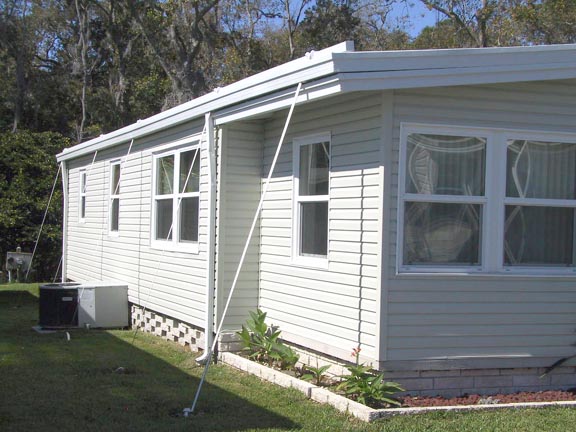



Mobile Home Anchors How They Work Methods Diy And More Mobile Home Repair
Tie down anchoring systems comply with federal manufactured home construction and safety standards Title 24 CFR § (Windstorm protection) Installation Inst (Anchoring Instructions, Security Against Wind) ensures that all tie down anchoring system equipment is certified by a New Hampshire registered engineer and that the installer has aThe number of diagonal tie downs range from three to five per side in less storm danger areas In coastal areas, four to seven per side are used to serve the greater need For singlewide homes, vertical ties (on the roof area) required are two to four, depending on the length of the home Single and doublewide mobile homes both require diagonal tiedowns Singlewide homes are more vulnerable to the lateral (sideways) wind forces due to their narrow width, so they also need vertical tiedowns These overthetop straps will be a visible wrap in older singlewides The number of tiedowns required is dependent on two criteria
Engineered TieDown System (ETS) Earthquake Resistant Bracing System (ERBS) Types of Mobile home anchors and tie downs Engineered TieDown System (ETS) Engineered tiedown systems are primarily required to resist wind forces, but nonetheless, it also resists earthquake shaking What Is a Mobile Home Tie Down?Underhome Armor will determine which type of mobile home tie down and straps are required in your area Many of the older mobile homes required that the straps must go completely over the top of the mobile home to securely strap it down, while new mobile homes don't require the straps to go completely over the home because of the newer mobile home's structure
• TIEDOWN Anchors, strapping • FINAL Stairs are in, ready for occupancy Mobile homes not located in a mobile home park are required to have 2 parking spaces (9x each) prior to final • Final inspections must be done on all sub permits before final mobile home inspection is called in Tiedowns are absolutely essential for stabilizing a mobile home Without those tiedowns in place, a mobile home becomes prone to shifting and even completely flipping over You must prepare at least $00 as that is the typical base cost for installing tiedowns on a mobile home The tiedowns themselves are somewhat affordable You can find kits featuring four tieLike a commercial building, manufactured/mobile homes are constructed using structural steel The steel is secured to the wood joists and plywood flooring so they can be safely transported on the roadways Once delivered and set up the homes need tiedowns secured to the structural steel to the earth There are various ways to accomplish this




Mobile Home Tie Down Inspection Waypoint Property Inspection
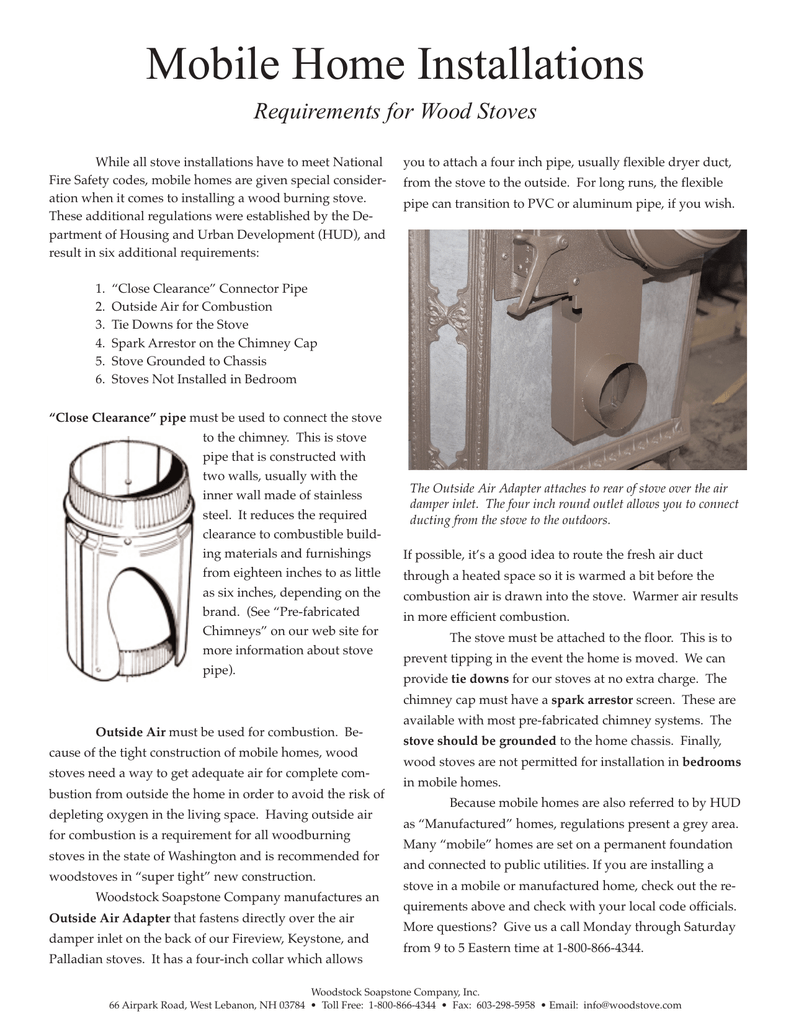



Mobile Home Installations Manualzz
Manufactured home tiedowns are systems of heavyduty straps and anchors designed to stabilize manufactured homes (also known as mobile homes) during high winds Failure to properly install and maintain tiedowns results in A mobile home won't be considered for a VA guaranteed loan unless it is installed on a permanent foundation–one that meets VA requirements Many people ask about tiedowns for mobile homes, and the VA rules are clear on the issue "The manufactured home unit must be properly attached to a permanent foundation system which is constructedIn older homes, a vertical or overthetop tiedown is needed to compensate for the uplift force A diagonal or frame tiedown is needed to compensate for both lateral and uplift forces Singlewide manufactured homes need both types of tiedowns Doublewide homes only need the diagonal ties To determine the length, do not include the draw bar
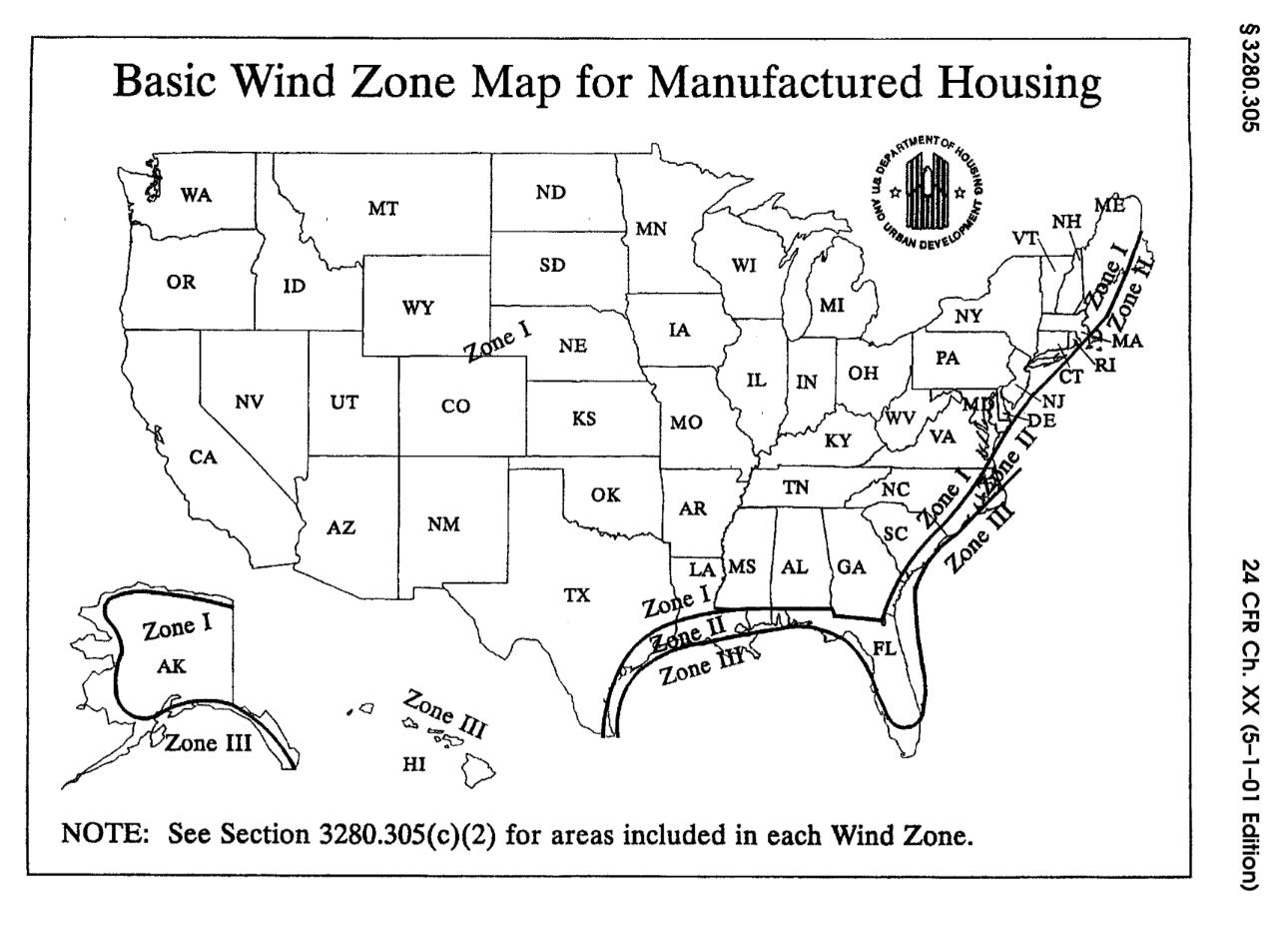



Mobile Home Tie Downs Anchors Stabilizing Systems Defects Commonly Found In The Stabilizing Systems Cables Tie Downs For Wind Storm Damage Resistance Of Mobile Homes Doublewides Mutiwides Trailers
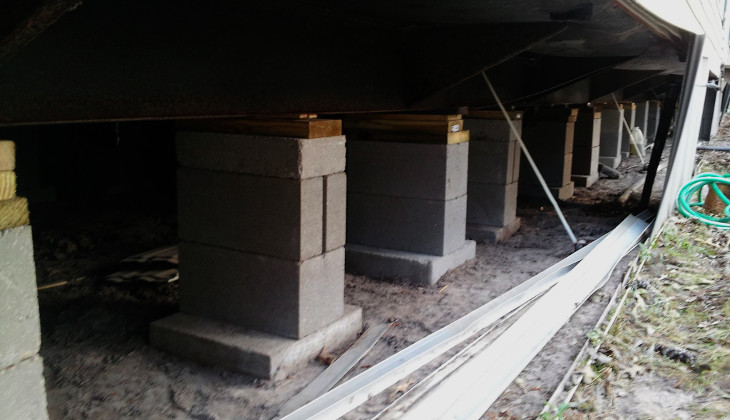



Mobile Home Anchors Enabling Your House To Stand Its Ground Against Natural Disasters
Understanding mobile home tie down requirements So now you get the idea behind the importance of mobile home tiedown requirements Let's look at what these requirements are and how to implement them Follow manufacturer guidelines When a mobile home is sold by a manufacturer, a manufacturer guidelines book is included with the mobile homeBlocking Double blocks 8"x8"x16" are required 3/8 Plywood is required on the top of the blocks if over 2'0" high Maximum height for double blocks is 4'0" Tiedowns to be installed near each of the four corners and shall consist of corrosionresistant steel cables (or equal) complete with aTiedowns are systems of heavyduty straps and anchors designed to stabilize manufactured homes (also known as mobile homes) during high winds Failure to properly install and maintain tie downs results in reduced capacity to resist sliding and overturning
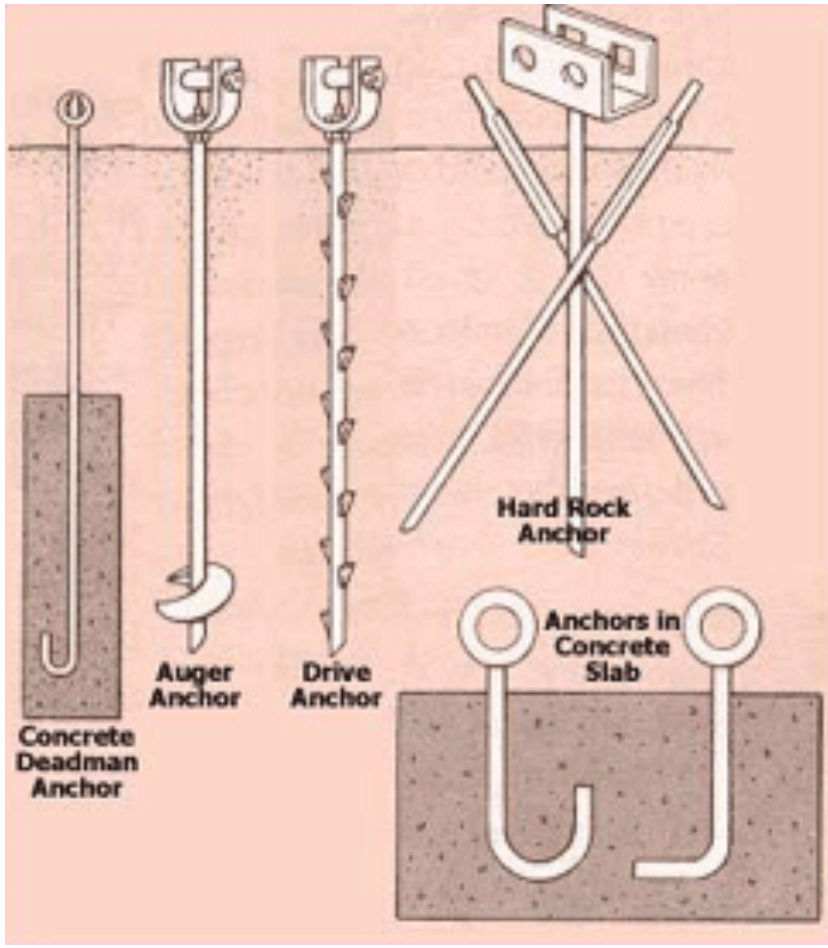



Mobile Home Tie Downs Anchors Stabilizing Systems Defects Commonly Found In The Stabilizing Systems Cables Tie Downs For Wind Storm Damage Resistance Of Mobile Homes Doublewides Mutiwides Trailers
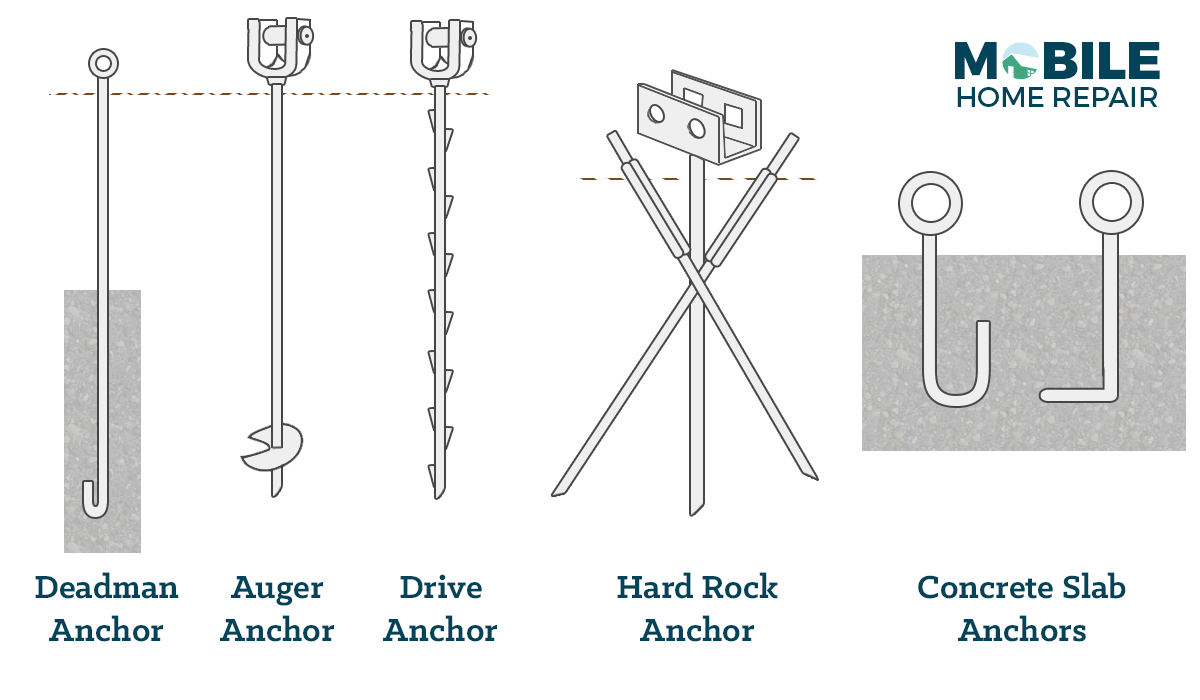



Mobile Home Anchors How They Work Methods Diy And More Mobile Home Repair
TieDown (Anchor) Requirements All mobile/manufactured homes are required to be tied down in accordance with the specifications provided by the manufacturer In the case of a used home, and in the absence of the manufacturer's tiedown instructions, the home must be tied down in accordance with theTie downs must be strong enough to support as much weight as the anchor and tiedown requires If the mobile home tie downs fastened to a ground anchor with a turnbuckle, it must be ½ inch or larger and made of galvanized steel Florida Anchor and barrier makes sure your Mobile Home Tie Downs are installed correctlyTiedowns are systems of heavyduty straps and anchors designed to stabilize manufactured homes (also known as mobile homes) during high winds Failure to properly install and maintain tiedowns results in reduced capacity to resist sliding and overturning Manufactured homes are more easily flipped or damaged during windstorms than sitebuilt
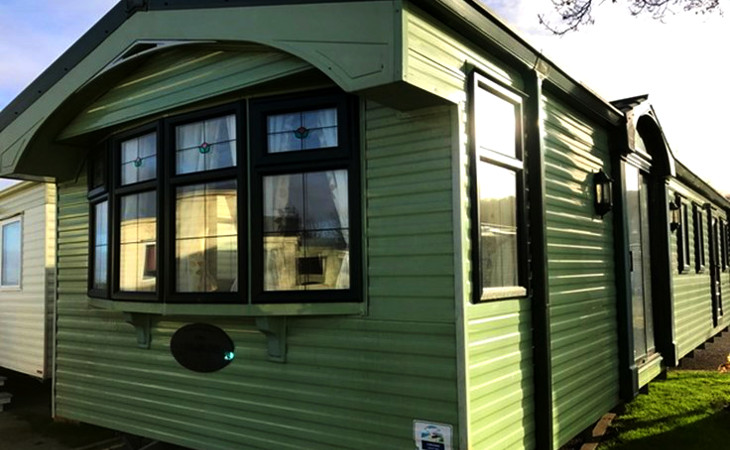



Mobile Home Anchors Enabling Your House To Stand Its Ground Against Natural Disasters
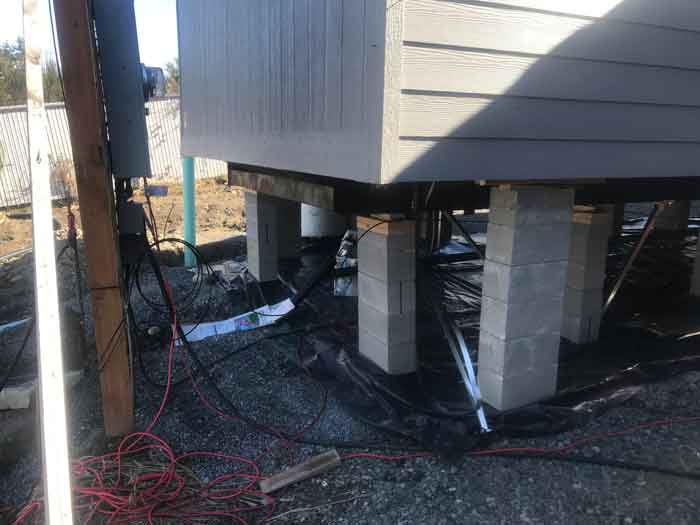



What Is Earthquake Tie Downs For Mobile Homes Duraskirt For Life
Tiedowns are systems of heavyduty straps and anchors designed to stabilize manufactured homes (also known as mobile homes) during high winds How many tie downs should a mobile home have? Tiedowns are systems of heavyduty straps and anchors designed to stabilize manufactured homes (also known as mobile homes) during high winds Failure to properly install and maintain tiedowns results in reduced capacity to resist sliding and overturning Manufactured homes are more easily flipped or damaged during windstorms than sitebuilt• The home must have adequate tie downs anchored to the footings to resist horizontal overturning, transverse and longitudinal loads HUD7584 specifically prohibits dependence on screwin tiedown anchors commonly used in manufactured home anchorage systems There are several anchorage systems that can be installed to satisfy this requirement
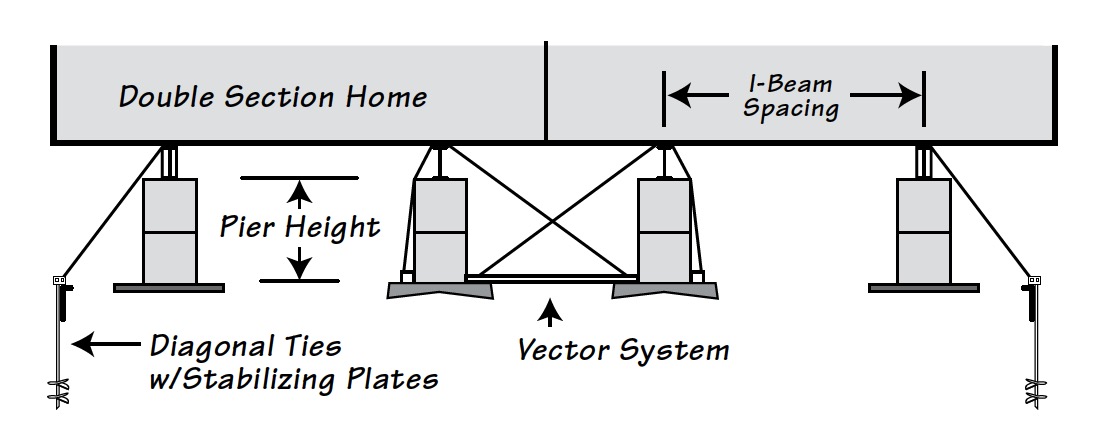



Can Over Tightening Mobile Home Tie Down Straps Cause The Floor To Buckle




Installing Mobile Home Tie Down Strap Youtube
The number of diagonal tie downs range from three to five per side in less storm danger areas In coastal areas, four to seven per side are used to serve the greater need For singlewide homes, vertical ties (on the roof area) required are two to four, depending on the length of the home More can be used for greater insurance against stormSince 1994, the tie downs are supposed to be placed approximately at a distance of five to six feet at maximum So, if you are planning to finance an old manufactured home, carry a manufactured home inspection to make sure that the tie downs are located at the required spaces Keeping this in consideration, how many tie downs should a mobile home have?




Mobile Home Anchors How They Work Methods Diy And More Mobile Home Repair




How To Check Your Manufactured Home S Hurricane Tiedowns Youtube
FOR MOBILE HOMES ON TIEDOWNS Mobile Home Any wheeled unit, exceeding either 8 feet in width or 40 feet in length, without motor power, built on a permanent chassis, and is capable of being drawn over public highways by a motor vehicle in a single section Must be certified by Housing and Urban Development Understanding mobile home tie down requirements Follow manufacturer guidelines When a mobile home is sold by a manufacturer, a manufacturer guidelines book is included Follow state guidelines For every location, there are specific standards to be met for mobile home installation This Wind mobile homes required the use of more tiedowns Today, a typical manufactured home might have as many as 45 tiedowns compared with just 10 for a preAndrew manufactured unit Most damage that was observed was related to the loss of attached carports, the impact of windborne debris, or siding failure The summary statements published by the




Mobile Home Anchors Enabling Your House To Stand Its Ground Against Natural Disasters



Mobile Home Advantage
A mobile home tie down is a metal strap that comes from the footings of the structure and wraps into the structure of the mobile home This prevents uplift of the mobile home during a high wind event It is quite common for these tie downs to become damaged and corroded overtime Moreover, they could also be improperlyTiedowns are systems of heavyduty straps and anchors designed to stabilize manufactured homes (also known as mobile homes) during high winds Failure to properly install and maintain tiedowns results in reduced capacity to resist sliding and overturning Manufactured homes are more easily flipped or damaged during windstorms than sitebuilt Homes dated pre08 may be required to meet the new tiedown standards for safety reasons, and legal/lender standards would apply in such cases If the lender is requiring tiedowns to be updated as a condition of loan approval or if the appraisal requires it, that's basically the last word on the subject
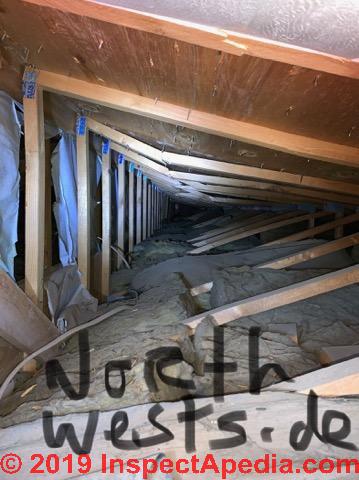



Mobile Home Tie Downs Anchors Stabilizing Systems Defects Commonly Found In The Stabilizing Systems Cables Tie Downs For Wind Storm Damage Resistance Of Mobile Homes Doublewides Mutiwides Trailers



Fha Compliant And Non Compliant Mobile Home Anchors
Short Answer The most common problems we find with mobile homes can be summed up as Foundations – Piers sinking, tilting and pulling away from the mobile home frame Tiedown straps also becoming loose Doors and Windows Out Of Alignment – When foundation settling occurs, it is common for mobile home doors and windows to get out of alignment where they will not closeMobile Home Tie Down We are Engineers that provide foundation certifications on mobile home tie down systems and other manufactured home components in accordance with FHA/HUD guidelines We help you out when you are selling (or buying) your manufactured home by providing you with an Engineer's Foundation CertificationThe number of diagonal tie downs range from three to five per side in less storm danger areas In coastal areas, four to seven per side are used to serve the greater need For singlewide homes,
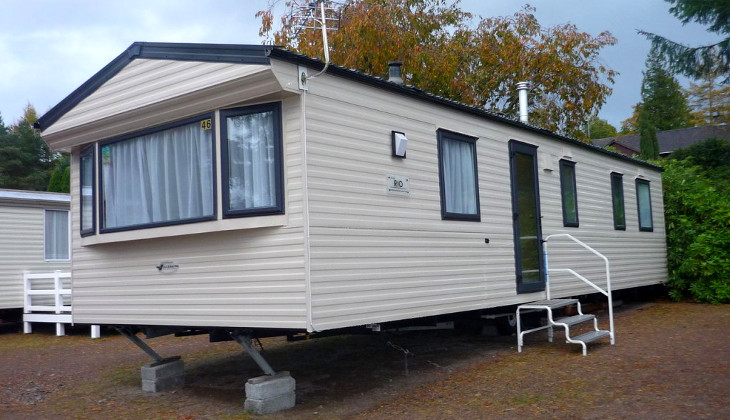



Mobile Home Anchors Enabling Your House To Stand Its Ground Against Natural Disasters



Single Wide
For example, a 65′ trailer would need 2 to 3 vertical tie downs per side, or 4 to 6 tie downs per side if diagonal tie downs are used, depending on which wind zone it's inThe Fha Manufactured Home Tie Down Requirements below is a part of Mobile Home Tie Downs Collection Gallery This digital photography of Fha Manufactured Home Tie Down Requirements has dimension 800 × 600 pixels You can see a gallery of Mobile Home Tie Downs below And if you think that this image are interested to share with your friends




Top 10 Tie Downs For Mobile Homes Of No Place Called Home Cool Ties 10 Things Downs




Modular Solutions Ltd The Experts On Prefabricated Buildings Mobile Office Tie Downs Worth The Money




I Am Selling A Modular Prefab Not Double Wide Type House That Was Manufactured Around 1975 The Buyer S Inspector




How To Install Tie Downs And Anchors Pages 1 4 Flip Pdf Download Fliphtml5



Mobile




100 Fit Guarantee Mobile Home Parts Set Of 12 Dry Concrete Anchors Tie Down Straps And Bolts The Most Fashionable
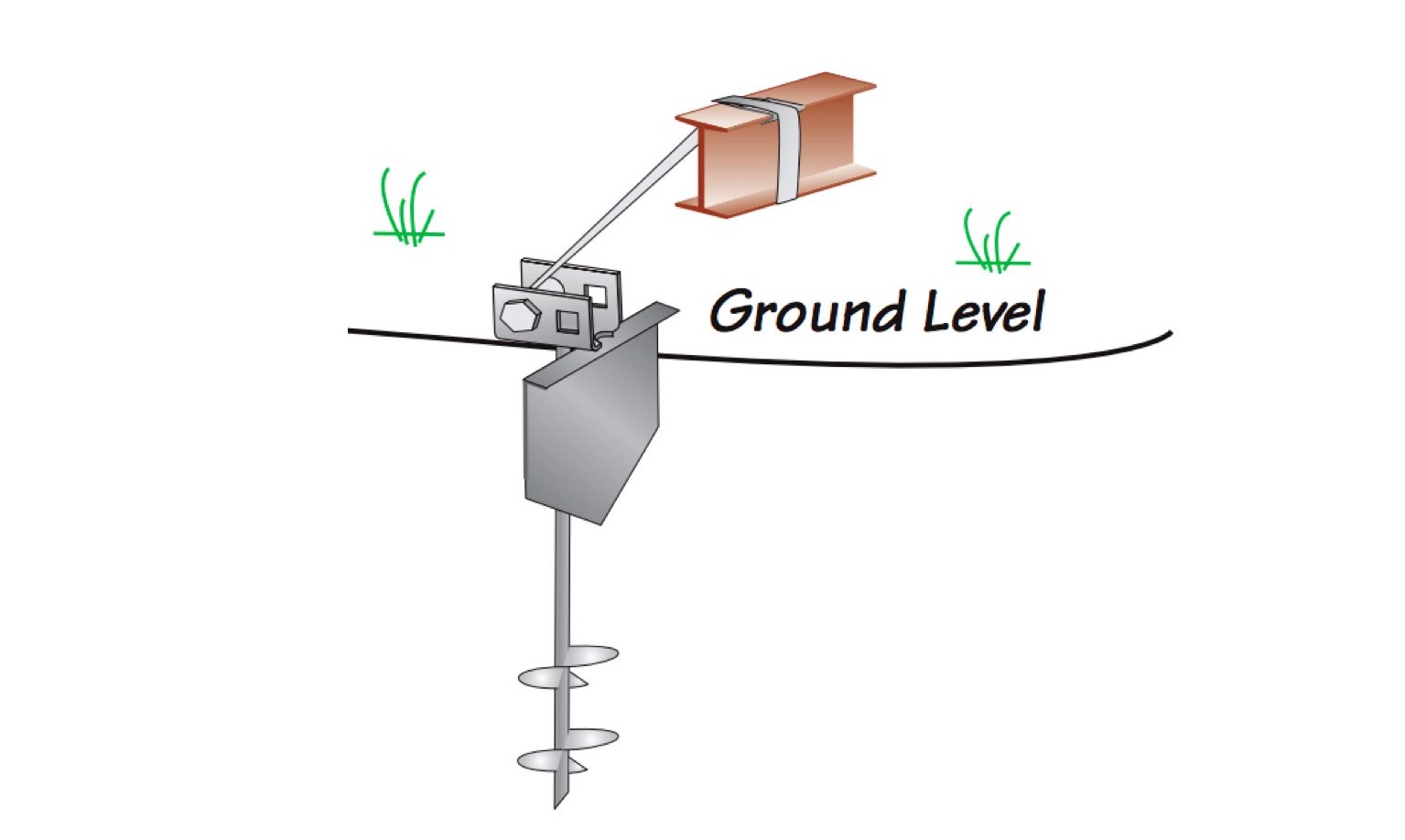



What Is The Purpose Of A Stabilizer Plate For Manufactured Mobile Home Tie Downs
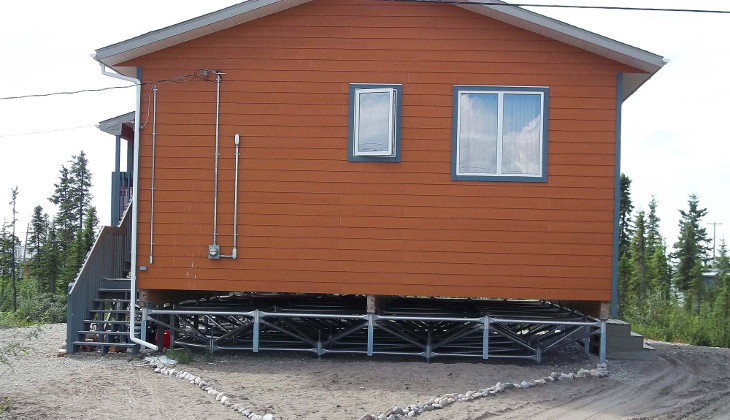



Mobile Home Anchors Enabling Your House To Stand Its Ground Against Natural Disasters
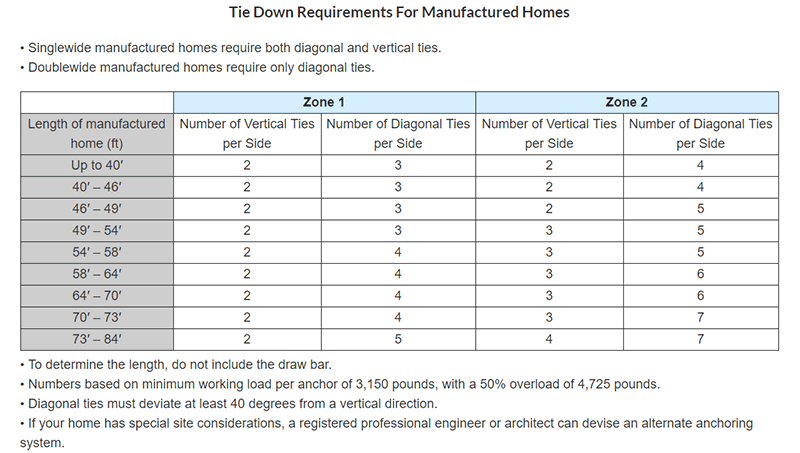



Mobile Home Anchors How They Work Methods Diy And More Mobile Home Repair
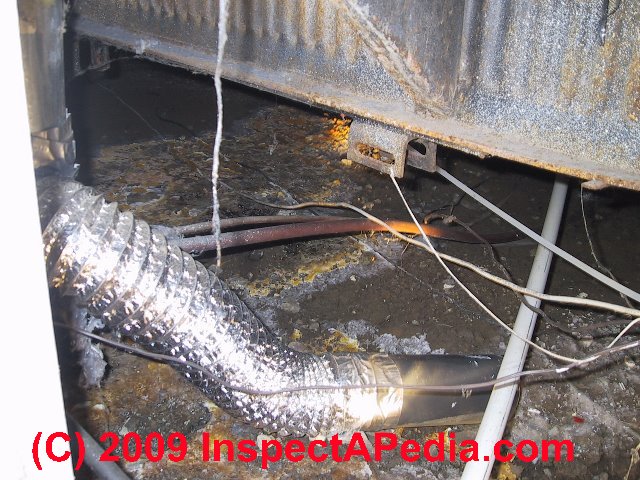



Mobile Home Tie Downs Anchors Stabilizing Systems Defects Commonly Found In The Stabilizing Systems Cables Tie Downs For Wind Storm Damage Resistance Of Mobile Homes Doublewides Mutiwides Trailers




How Manufactured Homes Are Tied Down L Clayton Studio




Fha Compliant And Non Compliant Mobile Home Anchors




Understanding Mobile Home Tie Down Requirements



How To Install Static Caravan Tie Downs




Installing Mobile Home Anchors The Easy Way Youtube
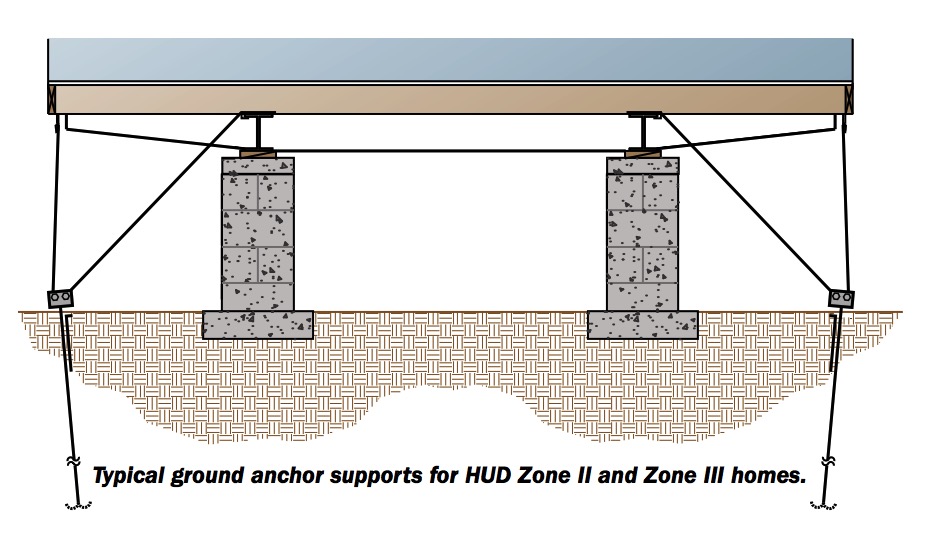



What Are The Tie Down Requirements For A Mobile Home




How To Repair A Mobile Home Belly Board In A Weekend




Mobile Home Tie Downs Anchors Stabilizing Systems Defects Commonly Found In The Stabilizing Systems Cables Tie Downs For Wind Storm Damage Resistance Of Mobile Homes Doublewides Mutiwides Trailers



Fha Compliant And Non Compliant Mobile Home Anchors




Mobile Home Part Set Of 8 Auger Anchors 8 Tie Down Strap Bolts Ebay



How To Tie Down A Mobile Home




Tie Downs Earth Anchors Jed S Hardware Garden Center
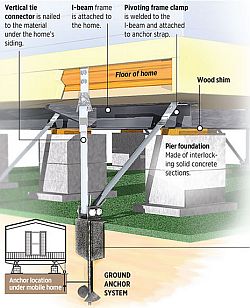



Mobile Home Tie Downs Archives Underhome Armor




Hurricane Anchors Mobile Home Anchors Tie Downs For Shed To House Youtube




Mobile Home Tie Down Inspection Waypoint Property Inspection




Mobile Home Anchors How They Work Methods Diy And More Mobile Home Repair
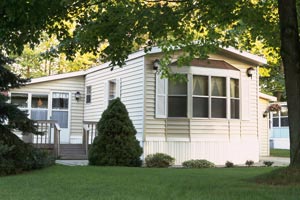



Mobile Home Anchors And Tie Downs Foremost Insurance Group




Mobile Home Tie Down Program Youtube
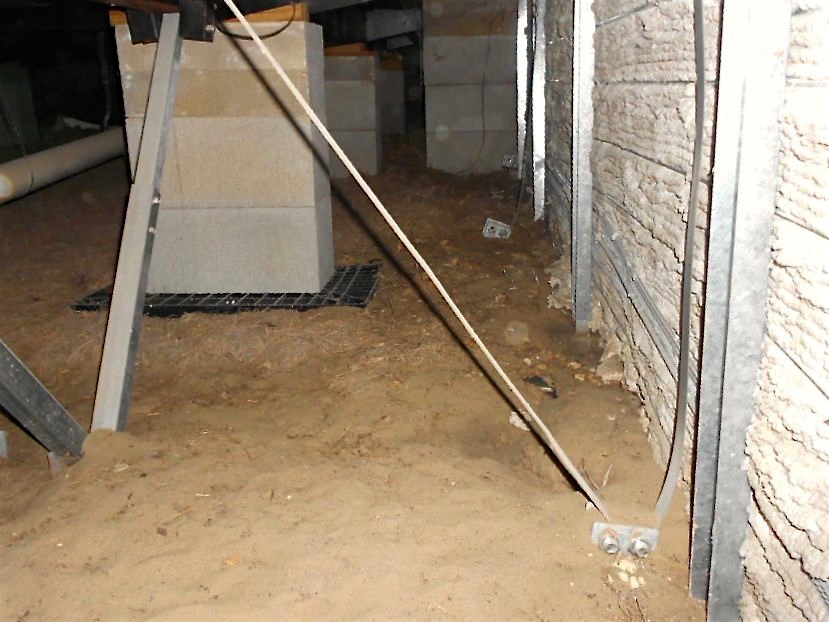



What Are The Tie Down Requirements For A Mobile Home
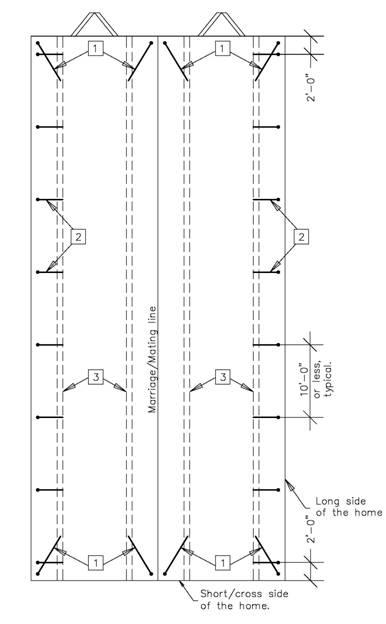



Manufactured Homes Pse Consulting Engineers Inc



1
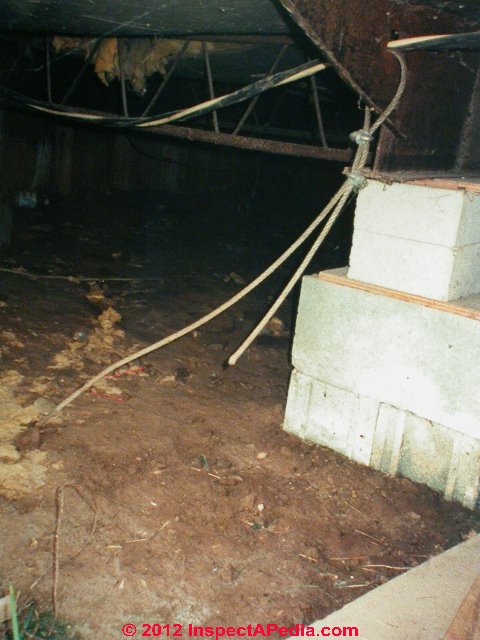



Mobile Home Tie Downs Anchors Stabilizing Systems Defects Commonly Found In The Stabilizing Systems Cables Tie Downs For Wind Storm Damage Resistance Of Mobile Homes Doublewides Mutiwides Trailers



Mobile Home Anchors Tie Downs Harris Reed Seiferth Insurance Group




Easiest Way To Anchor A Mobile Home Youtube
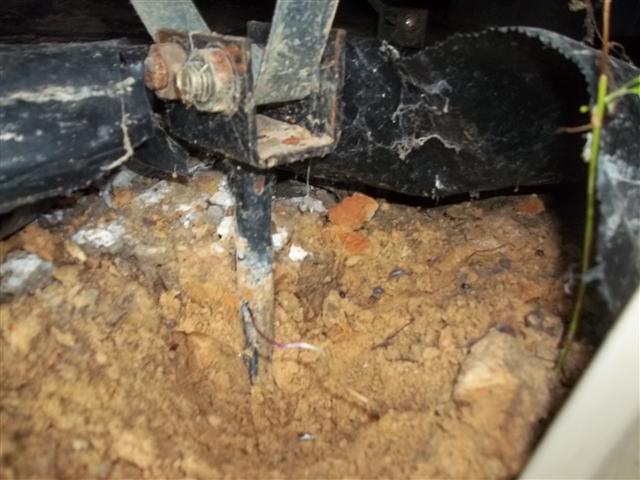



Fha Compliant And Non Compliant Mobile Home Anchors
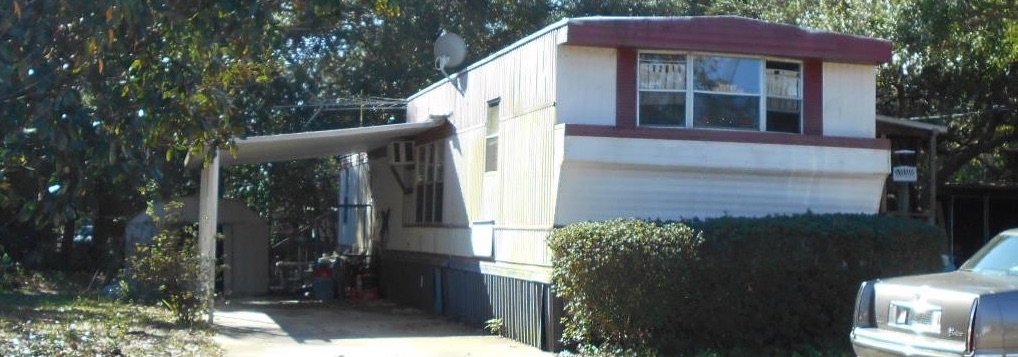



What Are The Tie Down Requirements For A Mobile Home




Manufactured Home Tie Downs Duraskirt For Life
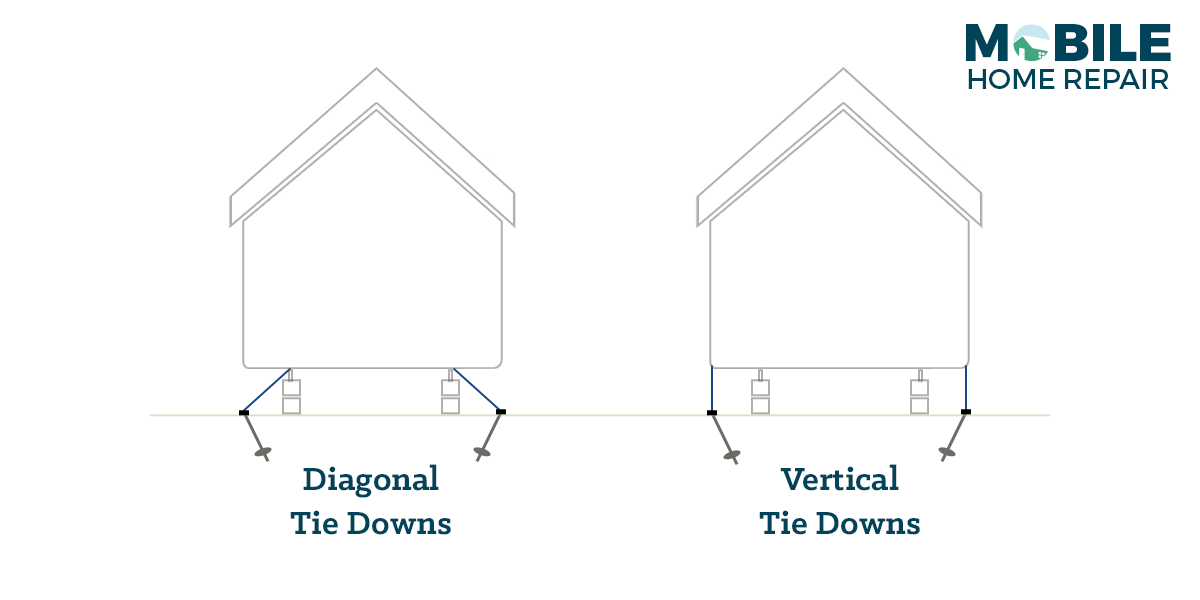



Mobile Home Anchors How They Work Methods Diy And More Mobile Home Repair
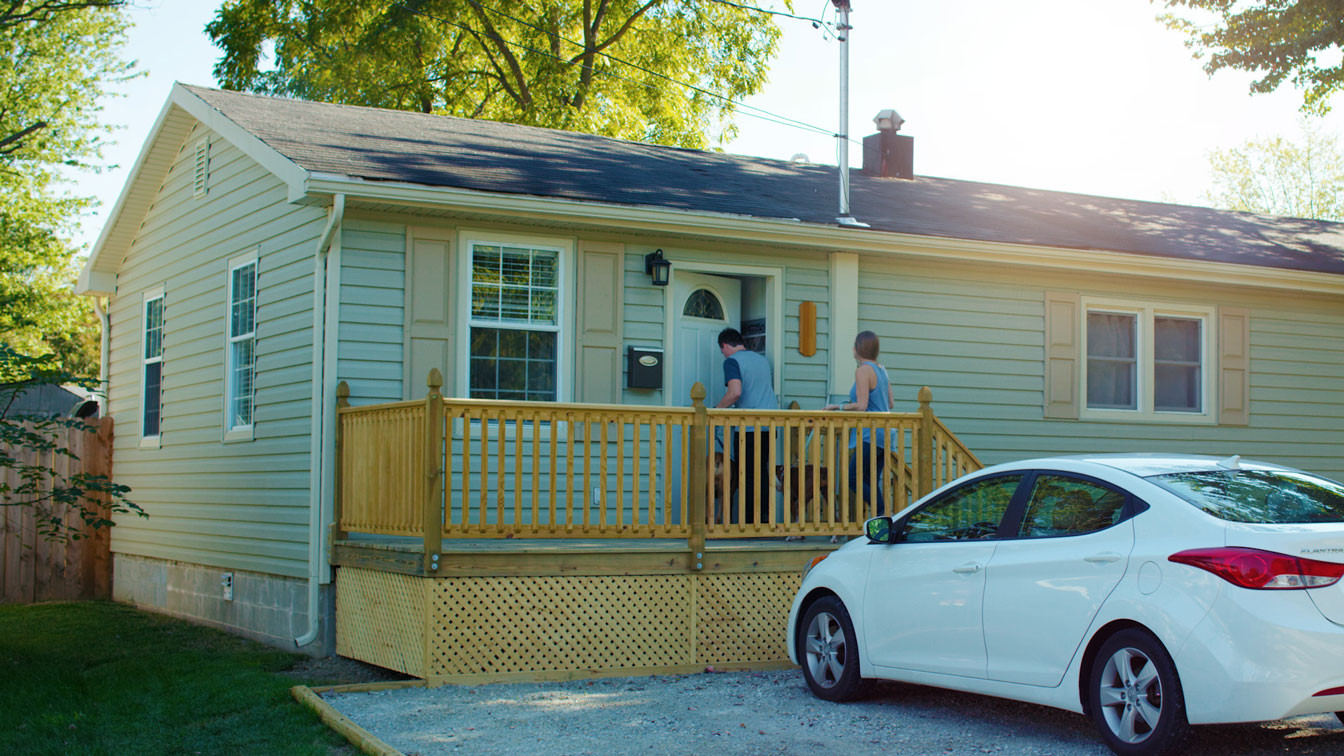



Tie Downs Are Crucial For Manufactured Homes American Modern Insurance Agents
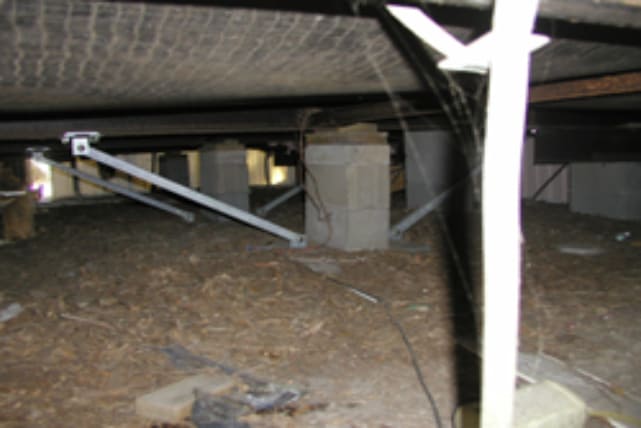



The 12 Most Common Problems With Older Mobile Homes Mobile Home Friend




Mobile Home Or Doublewide Piers Stabilizers Tie Downs Multi Wide Connections




What Are The Tie Down Requirements For A Mobile Home




Mobile Home Tie Downs Anchors Stabilizing Systems Defects Commonly Found In The Stabilizing Systems Cables Tie Downs For Wind Storm Damage Resistance Of Mobile Homes Doublewides Mutiwides Trailers




Mobile Home Tie Downs Fl Anchor And Barrier
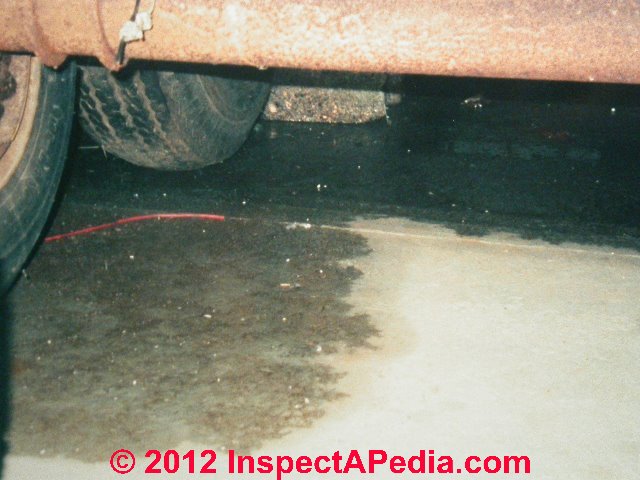



Mobile Home Tie Downs Anchors Stabilizing Systems Defects Commonly Found In The Stabilizing Systems Cables Tie Downs For Wind Storm Damage Resistance Of Mobile Homes Doublewides Mutiwides Trailers



Mobile Home Anchors Tie Downs Harris Reed Seiferth Insurance Group
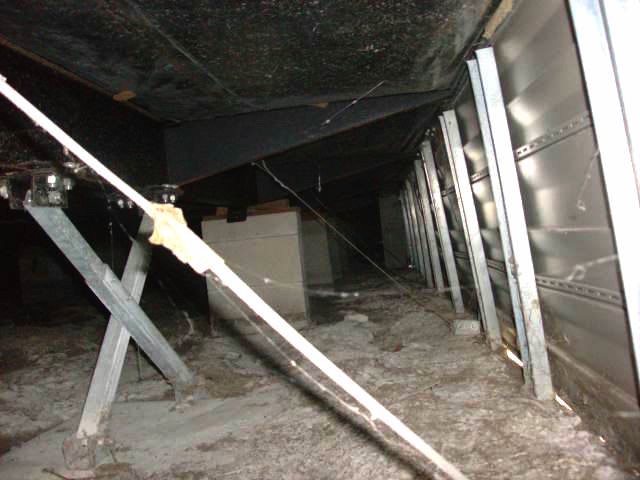



What Is The Maximum Spacing For Mobile Manufactured Home Tie Downs In Florida




Tie Down Anchors For Mobile Homes Types Installation




What Are The Tie Down Requirements For A Mobile Home




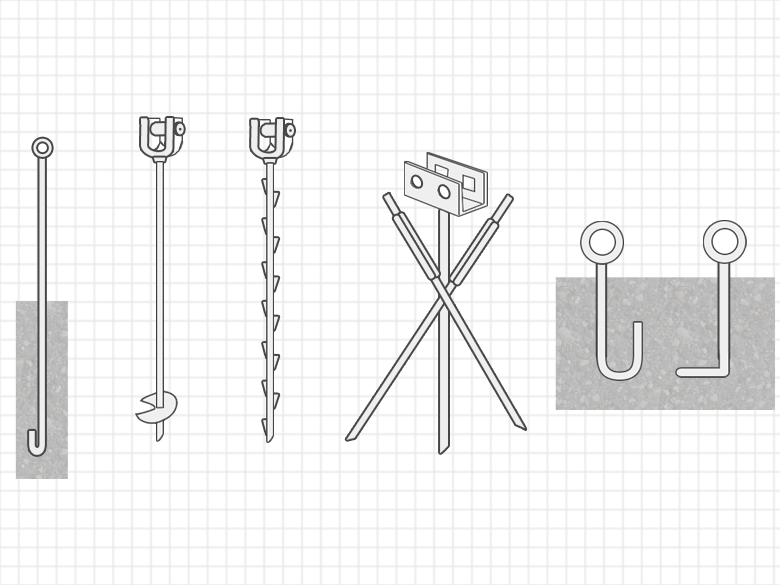



Mobile Home Anchors How They Work Methods Diy And More Mobile Home Repair
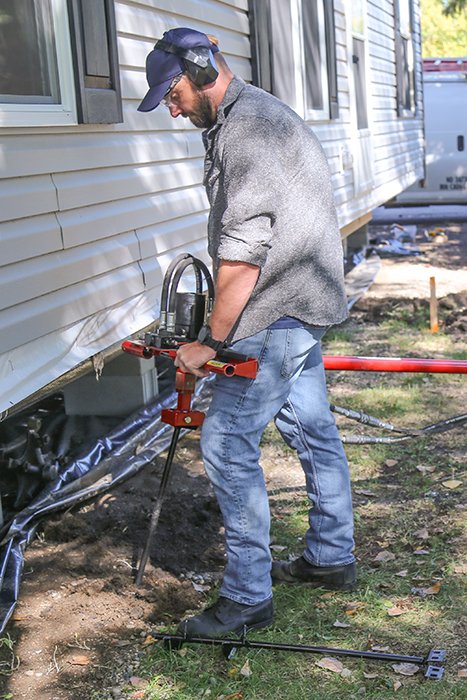



Anchoring Little Beaver
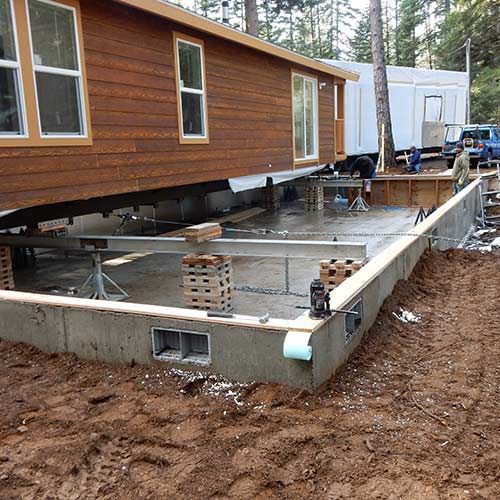



Mobile Home Tie Downs Anchor Your Home During Storms Tri Cities




Definition Of Permanent Foundation On Mobile Home Structural Inspections Internachi Forum




Manufactured Home Certification
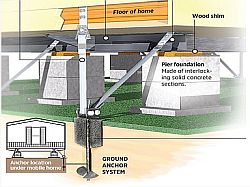



Auger Tie Downs For Mobile Homes English Lessons




Tie Down Anchors For Mobile Homes Types Installation



Mobile Home Anchors Tie Downs
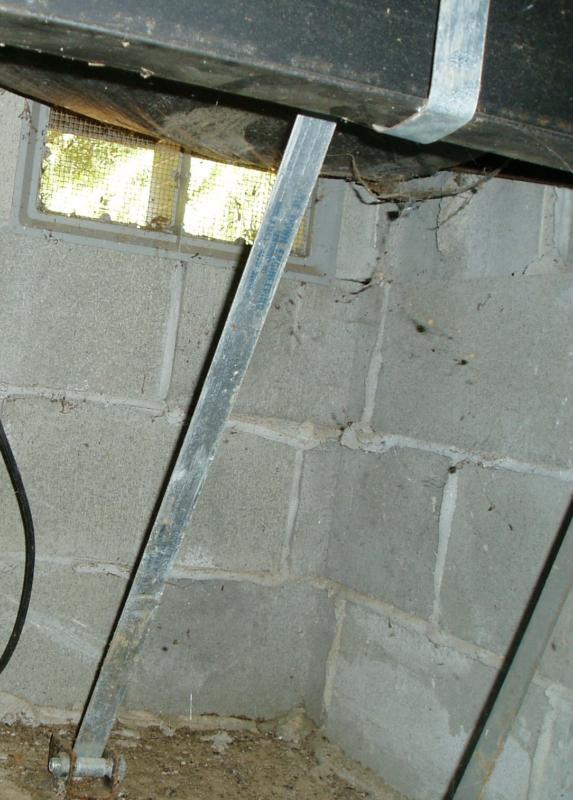



Mobile Home Tie Down Straps Shefalitayal




Mobile Home Tie Downs Anchors Stabilizing Systems Defects Commonly Found In The Stabilizing Systems Cables Tie Downs For Wind Storm Damage Resistance Of Mobile Homes Doublewides Mutiwides Trailers



Mobile Home Anchors Enabling Your House To Stand Its Ground Against Natural Disasters




Why You Need Shed Tie Downs
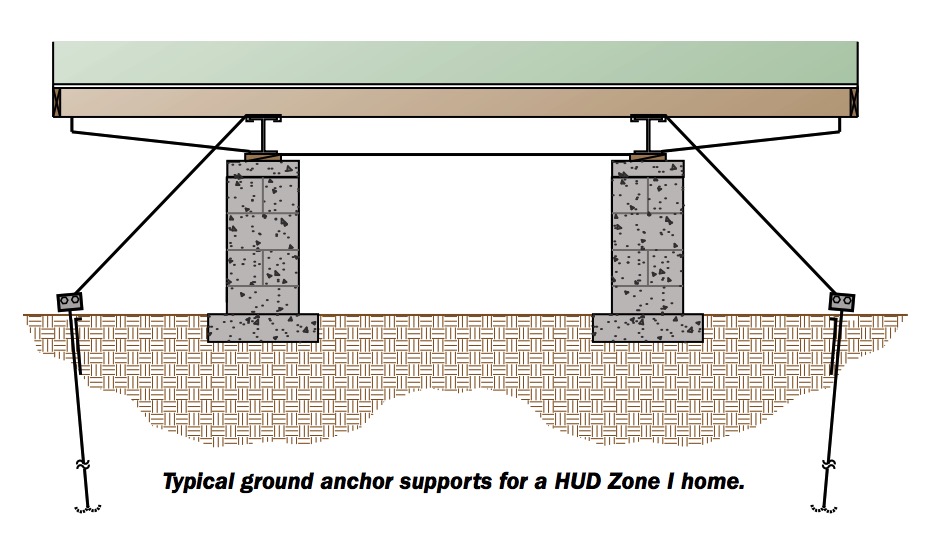



What Are The Tie Down Requirements For A Mobile Home




How To Inspect Manufactured And Mobile Homes Online Course Student Discussions Internachi Forum



1




Mobile Home Anchors Tie Downs Diagrams Charts Mobile Home Repair Mobile Home Home Repair




Manufactured Home Installation And Setup Mobile Home Living




Mobile Home Tie Downs Fl Anchor And Barrier
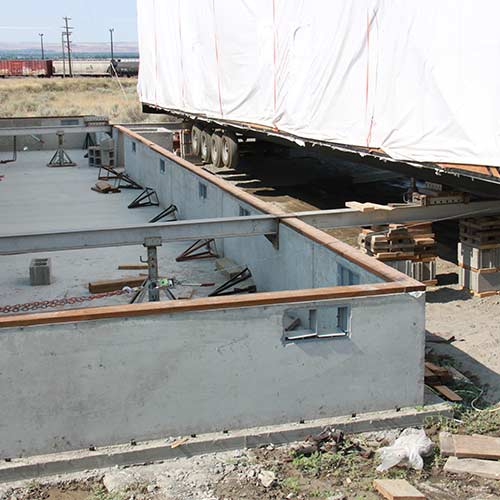



Mobile Home Tie Downs Anchor Your Home During Storms Tri Cities
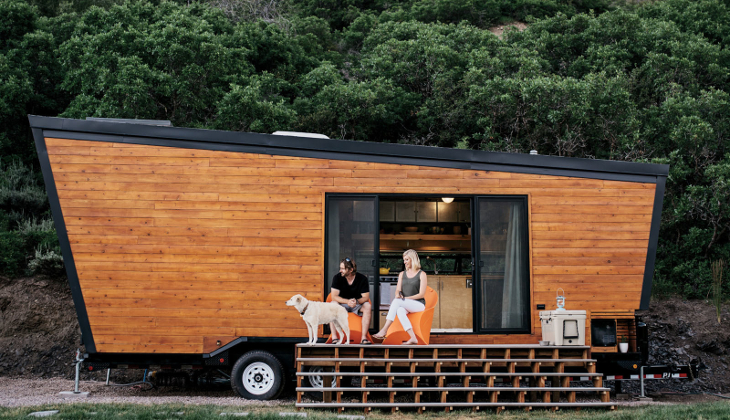



Mobile Home Anchors Enabling Your House To Stand Its Ground Against Natural Disasters




Mobile Homes Small Houses Big Challenges Fire Engineering
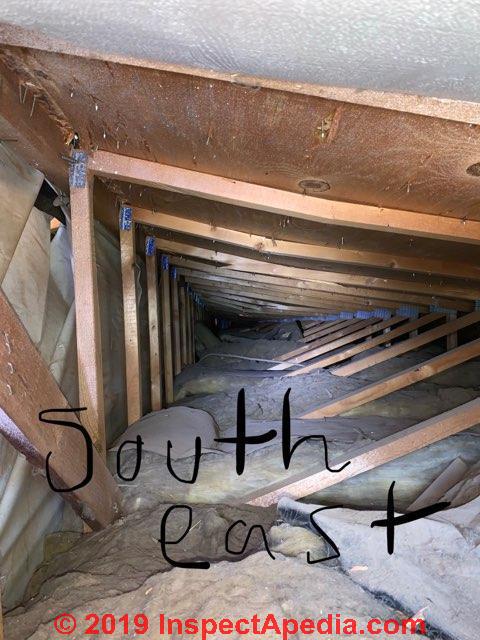



Mobile Home Tie Downs Anchors Stabilizing Systems Defects Commonly Found In The Stabilizing Systems Cables Tie Downs For Wind Storm Damage Resistance Of Mobile Homes Doublewides Mutiwides Trailers




Tie Downs For Manufactured Homes Internachi
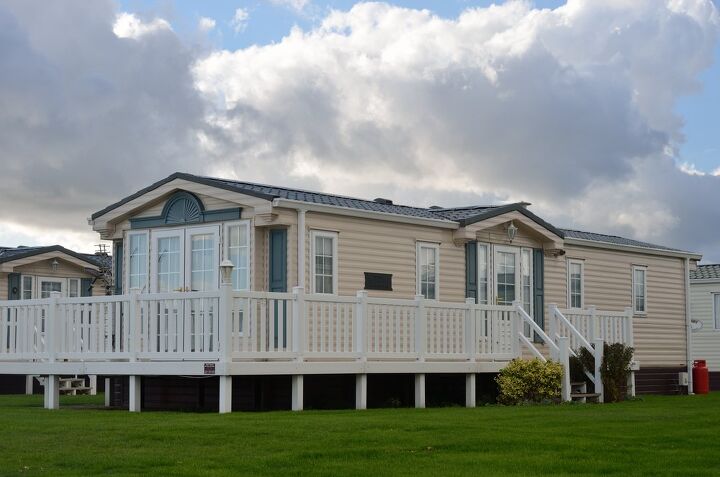



How Much Does It Cost To Put Tie Downs On A Mobile Home Upgraded Home
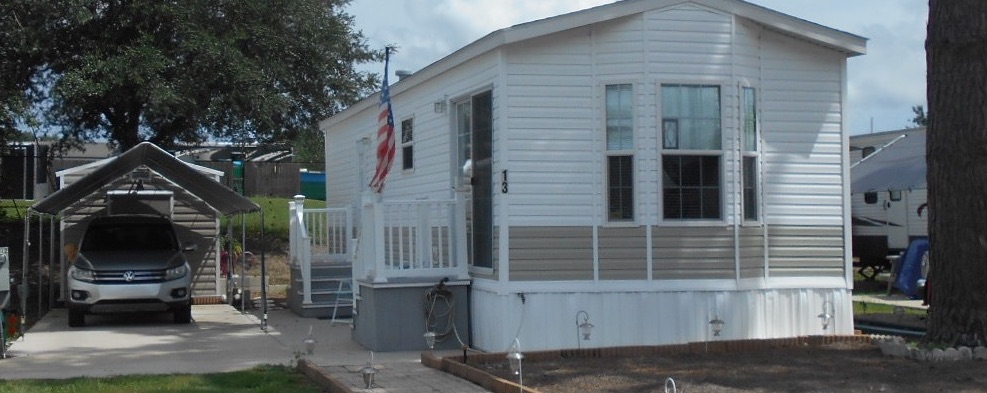



What Are The Tie Down Requirements For A Mobile Home



Need Of Manufactured Home Anchors And Tie Downs
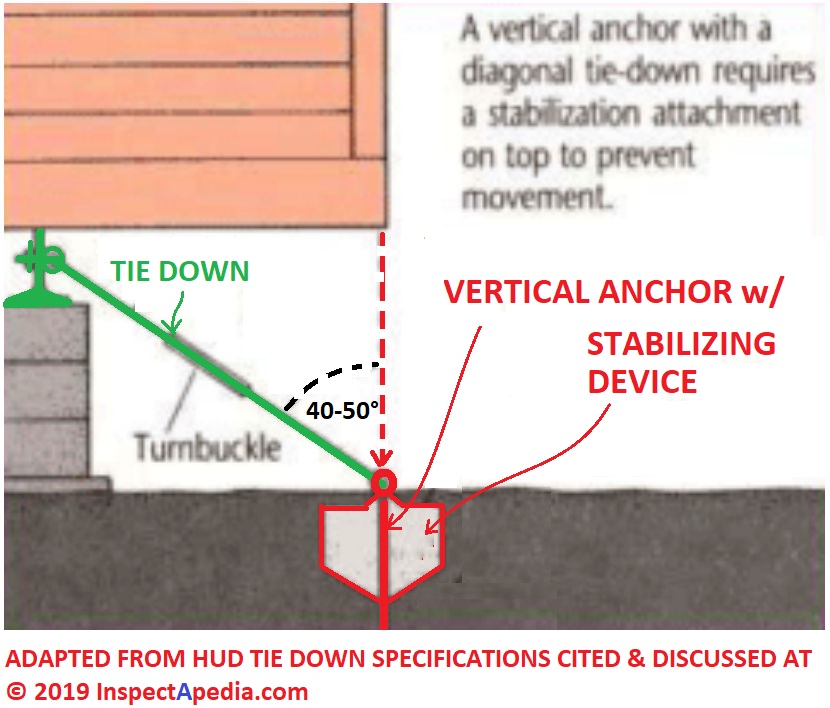



Mobile Home Tie Downs Anchors Stabilizing Systems Defects Commonly Found In The Stabilizing Systems Cables Tie Downs For Wind Storm Damage Resistance Of Mobile Homes Doublewides Mutiwides Trailers
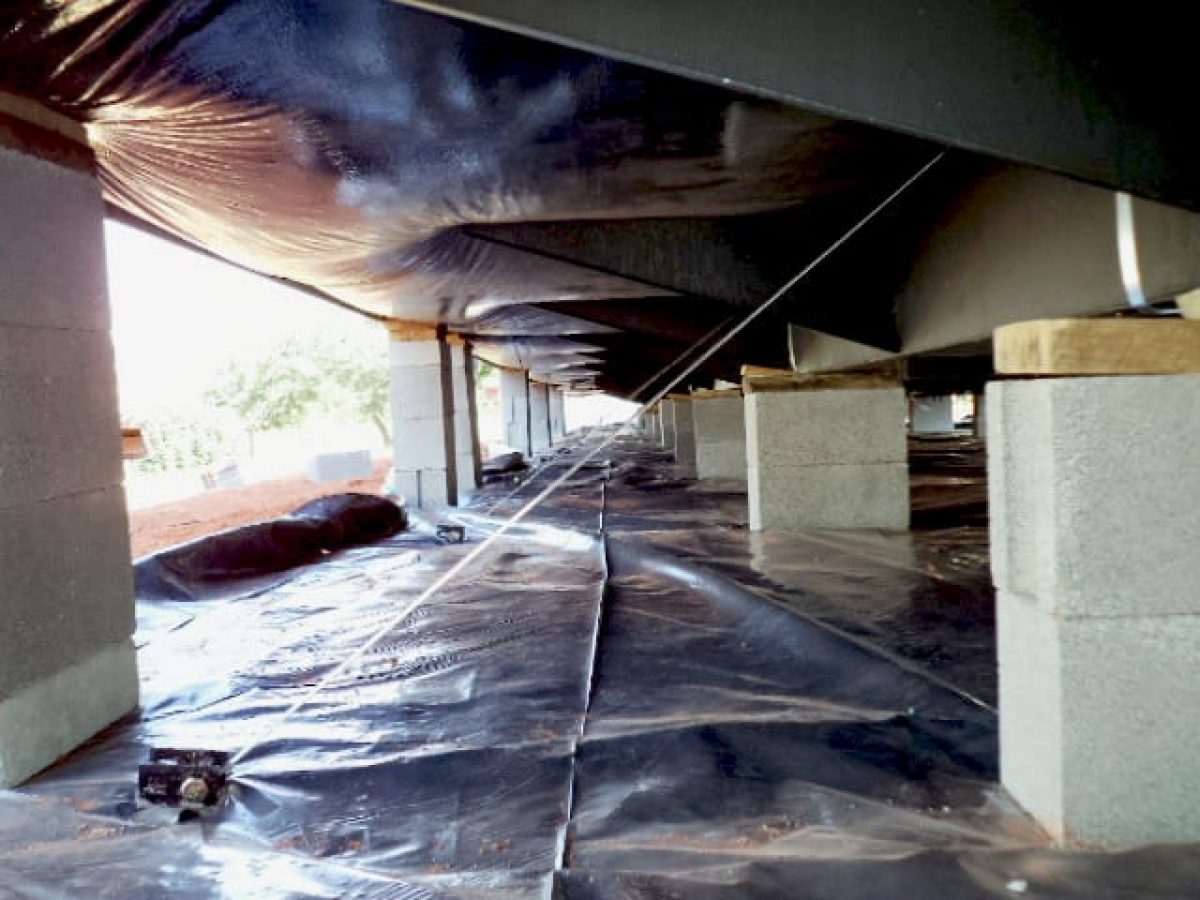



Manufactured Home Tie Downs Duraskirt For Life




Tie Downs For Manufactured Homes Internachi




Tornado Vs Mobile Home Youtube
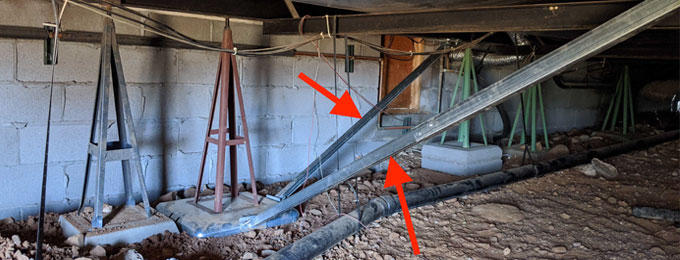



Manufactured Home Tie Downs Advantage Inspection Service




Tie Down Anchors For Mobile Homes Types Installation
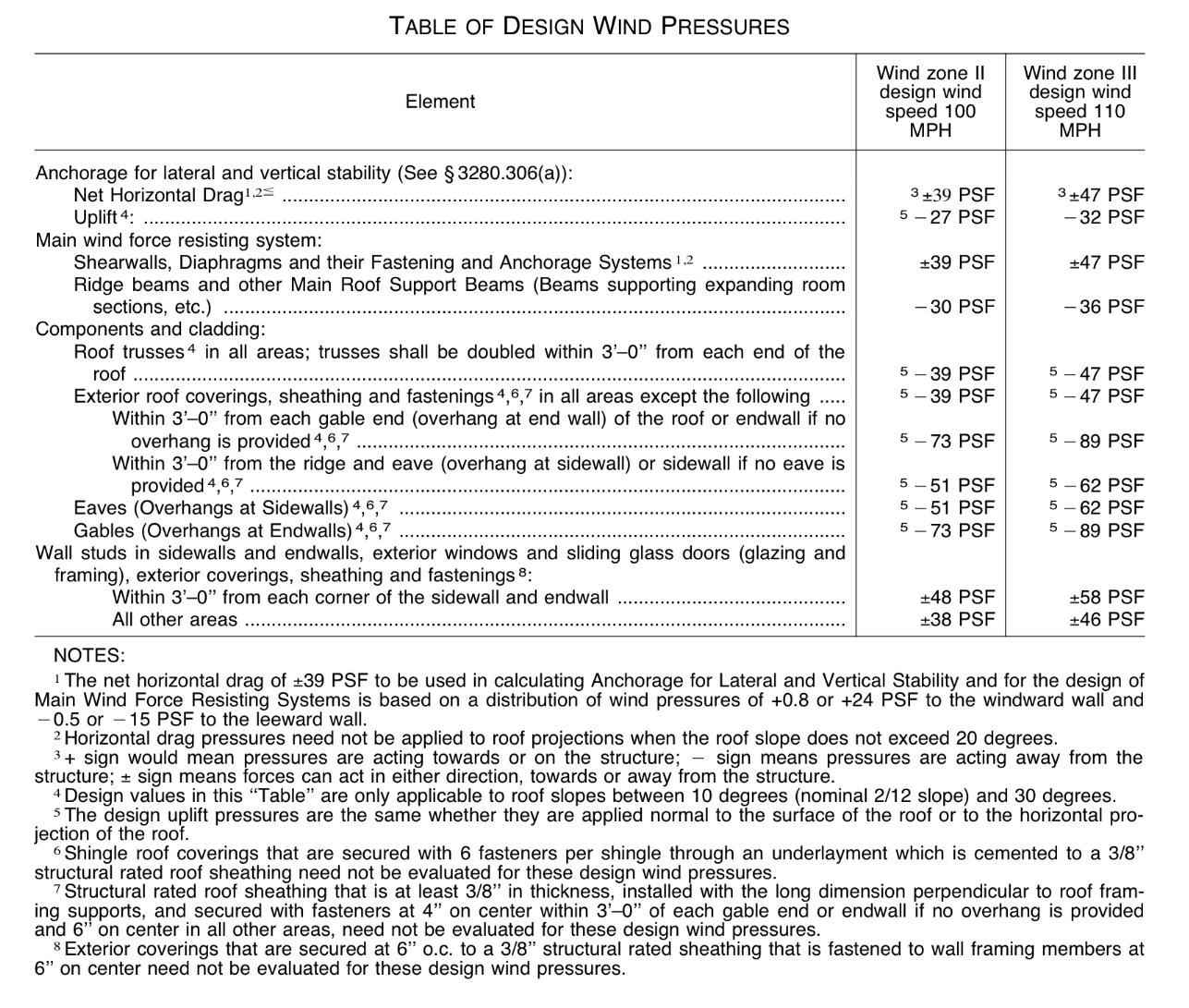



Mobile Home Tie Downs Anchors Stabilizing Systems Defects Commonly Found In The Stabilizing Systems Cables Tie Downs For Wind Storm Damage Resistance Of Mobile Homes Doublewides Mutiwides Trailers




Tie Down S Patented Vector Dynamics Foundation System Provides




Manufactured Homes Pse Consulting Engineers Inc




Mobile Home Parts Anchors Tie Downs One 4 Pack Of Augers 30 Ebay



0 件のコメント:
コメントを投稿